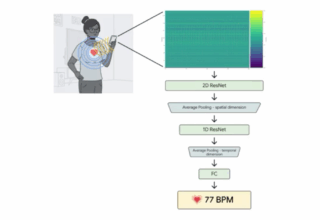
It is estimated that there are more than 335,000 people in the United States who live with spinal cord injuries. Researchers state that there are more than 12,500 new injuries each and every year, which means the number of people living with an injury is on the rise. Statistics also show that 82% of these injuries occur in males. According to the National Spinal Cord Injury Statistical Center at UAB,spinal cord injuries are most commonly caused by vehicular accidents or falls.
When you hear about a spinal cord injury, it is actually a blanket term. In fact, there are different types of spinal injuries. Here’s a look at the three most common.
Incomplete vs Complete Spinal Cord Injuries
Not only are there different types of spinal cord injuries but they also fall into the category of either incomplete or complete. If a spinal cord injury is incomplete, it means the spinal cord has been partially severed. What this means is the person still has some function left.
With a complete spinal cord injury, the spinal cord is completely severed, which means there is no function left. There is a chance that with therapy and treatment the patient may be able to regain some function. This depends on the severity of the injury and the treatment available.
Of these two categories, more than 60% of the cases are classed as incomplete.
Anterior Cord Syndrome
One of the most common spinal cord injuries is anterior cord syndrome, which is also called Beck’s syndrome. This injury affects the front of the person’s spinal cord. This injury is caused by an infarction/ischemia of the anterior two-thirds of the person’s spinal cord. The only area not affected is the posterior third. What this means is that the sensory and motor pathways to the spinal cord are damaged. Regaining movement can be difficult, but it is possible to retain sensation.
This particular injury can be caused by trauma or non-trauma. As described on echiropractor.org, supportive care is usually the only route available for treatment. This type of injury is the most severe of all the different injury syndromes. Treatment can cause further damage if not done correctly.
Brown-Sequard Syndrome
With this type of injury, just one side of the spinal cord is damaged. What this means is that the person may be able to move on one side, but not the other. The degree of severity tends to vary among people.
Central Cord Syndrome
As the name suggests, with this injury, it is the center of the cord that is damaged. This is where the nerves are located and they are responsible for carrying all the signals to your brain. It’s normal to suffer partial impairment of the legs, paralysis of the arms, and a loss of fine motor skills.
Early Diagnosis and Treatment Make All the Difference
No matter the type of injury, early diagnosis and treatment that begins immediately helps increase the odds of regaining some function and movement. The course of treatment will depend on the type of injury and its severity.

















